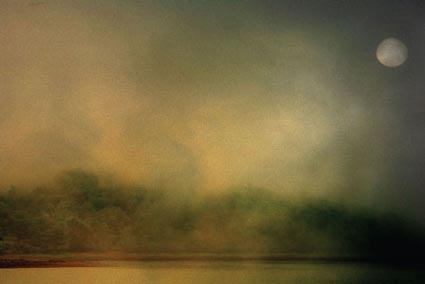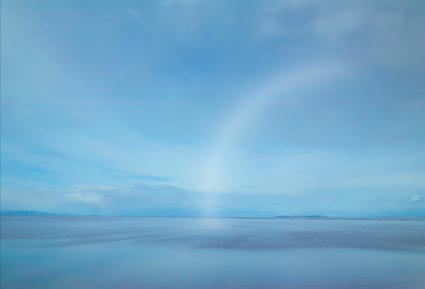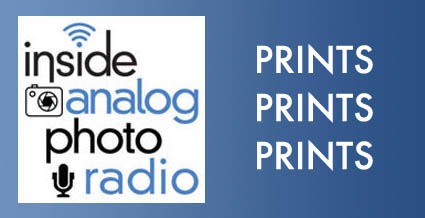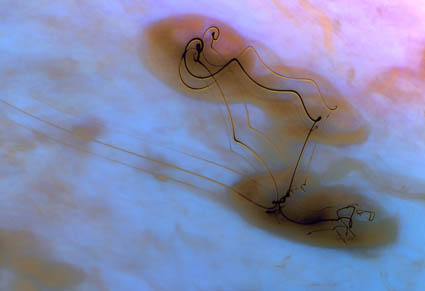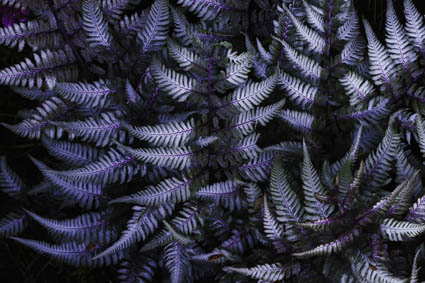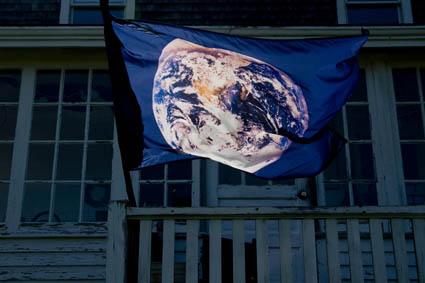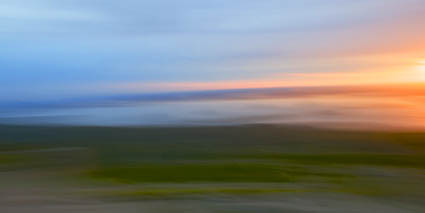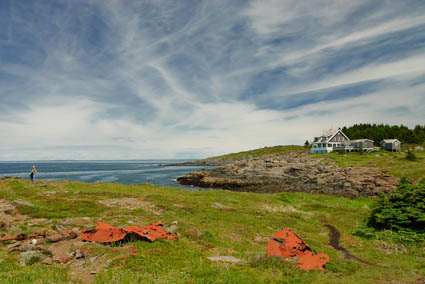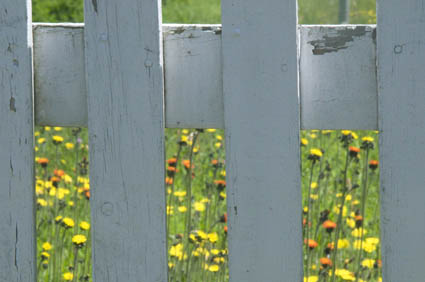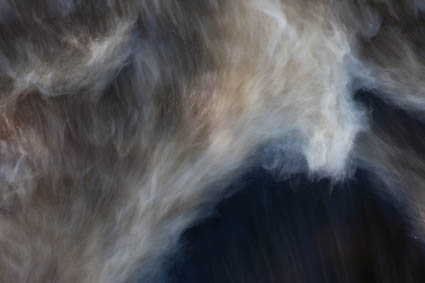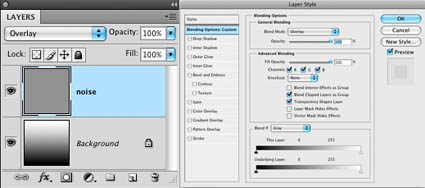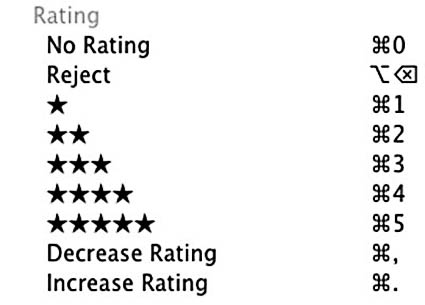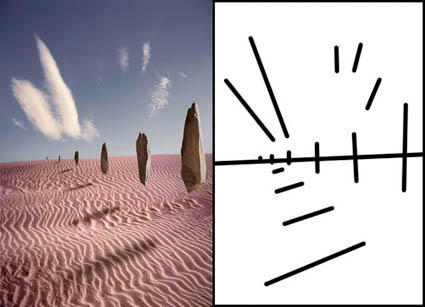Shayne Lynn – Next Step Alumni Group Exhibit
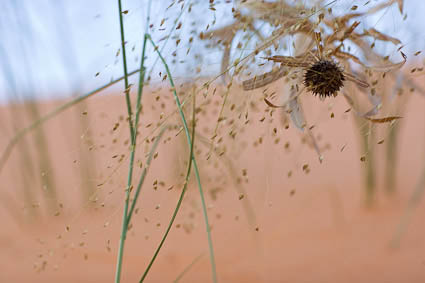
John Paul Caponigro’s Next Step Alumni Group
For over 10 years I’ve been mentoring a select group of individuals. Their progress has been thrilling to watch. It’s been a true privilege to be a part of their growth. July 7 their first Group Exhibit will be unveiled at the Maine Media Workshops. (link)
Shayne Lynn has been a member for over 5 years. Here’s one important thing he learned and his work.
Alumni Insights
I signed up for my first John Paul Caponigro photography workshop looking to become a more technically efficient Photoshop user. The workshop impressed me by going beyond Photoshop and illuminating how to see differently, to be witness to your own work and also use this new knowledge to be more creative – both before and after taking the picture.
I have been part of the Next Step Group for four years. Having an active dialogue with this community of diverse visual artists facilitated by John Paul has broadened my own interpretation of photography and the express power that lies within it. The group helps one clarify meaning and purpose in their own work, and has given me support to pursue my own projects.
Artist’s Statement
These images visualize internal spaces in nature, mirrored in myself – the depth of which I seek to explore and comprehend. They represent the small, simple, meditations of nature and moments I became comfortably lost in. By becoming still (sometimes disturbingly so), I released the pressure to “be creative”, and was able to witness my breath, to sense an image and compose it. The camera frame holds together the pieces of the world for me, defining the horizon, creating a center from which to focus on. I sought to capture a sense of energy moving in containment – a channel of “becoming in an unplanned way – flow”.
See more of Shayne’s work here.
See the Next Step Exhibit at the Maine Media Workshops July 7 – 30.
Stay tuned for individual and group Next Step Blurb books.
Find out more about my workshops here.
Read More


